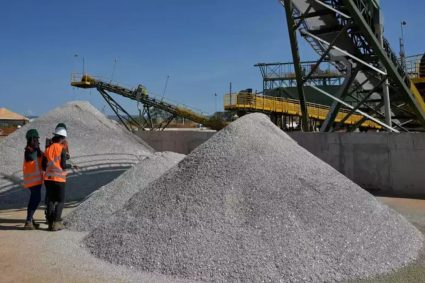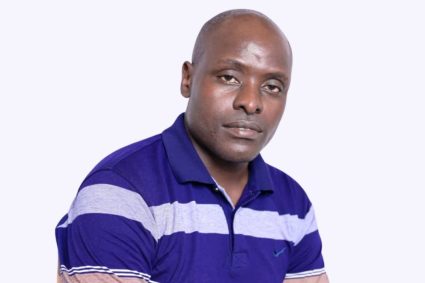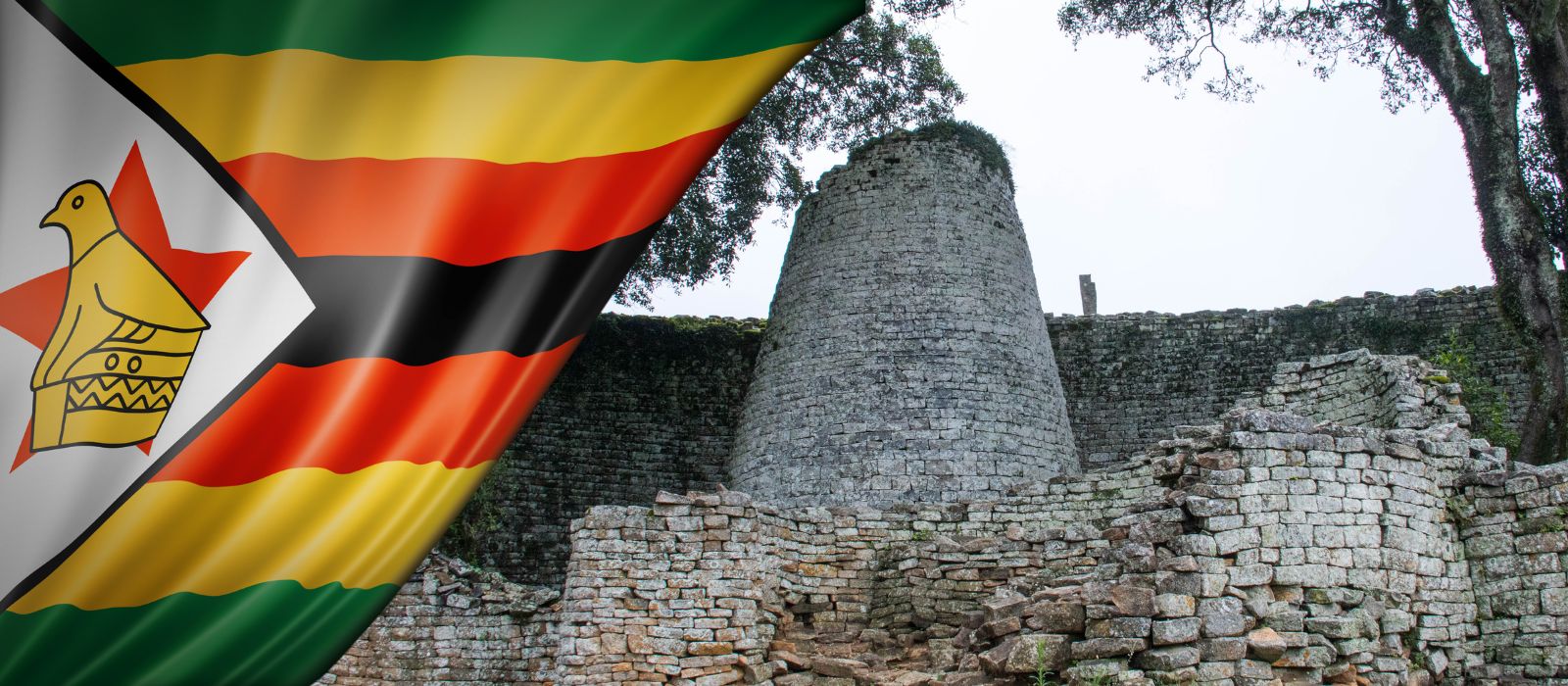
April the 18th 2024 marked 44 years of Zimbabwe’s independent rule from the British empire, which had spun nearly a hundred years, from 1890 to one historic night in April 1980 when the empire’s banner of conquest, the Union Jack, was lowered in a solemn exercise peformed by Prince Charles, now the reigning British monarch.
The lowering of the colonial flag was not an overnight event, though. Rather, it was a culmination of a painful armed struggle and numerous roundtable talks between the leaders of the nationalist movements and the Rhodesian government.
Like many of it’s southern African counterparts, Zimbabwe had to wage an armed struggle to demand it’s independence back. That era of struggle is riddled with dark memories and ugly, scars which many of those who witnessed it don’t wish to relive.
Yet it was a struggle that couldn’t be avoided, a sacrifice that had to be made.
When the fruits of that sacrifice finally came ripe in 1980, there was widespread jubilation across the indigenous majority. Hope of a new social, political and economic dawn saturated the air and shone in the eyes of every Zimbabwean.
Everyone looked forward to a new beginning of Black majority rule, equality, and economic emancipation; basically the fundamentals of any modern society, which in this case could be referred to as the “Zimbabwean Dream”. 44 years later, how much of that dream has been achieved?
My Afrika Magazine opinion columnist takes a glance into the country’s post-Independence achievements and flops, from 1980 to 2024.
ECONOMY
In recent years, the poor performance of Zimbabwe’s economy has been an ugly smudge on it’s colourful identity which is depicted in it’s equally colourful flag. The memories of the hyperinflation period of 2005-2008 still tower in the background whenever the word “economy” is juxtaposed with the name “Zimbabwe.”
However, it’s important to acknowledge that before the tumultuous decade that gave birth to the hyperinflation era, Zimbabwe enjoyed a fairly good boon of economic growth and stability, one of the most envied in the region at that time.
The local unit of value, the Zimbabwean Dollar, was one of the strongest performers in the region.
Agriculture, mining and manufacturing were the top forex earners and employers between 1980-1997. In fact , Agriculture alone contributed to a 30% boost in economic growth in 1985 following a series of droughts that had slowed down the sector. That agrarian boom saw Zimbabwe assuming the important status of “Southern Africa’s Breadbasket”.
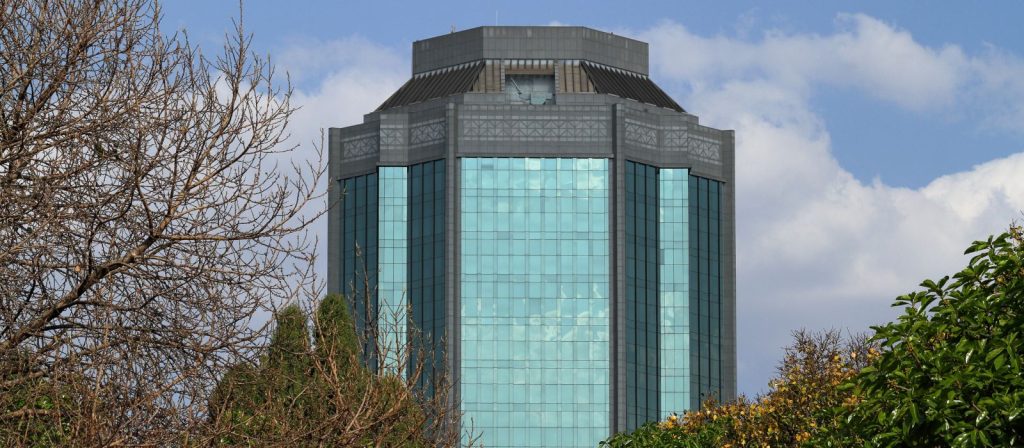
Towards the turn of the millennium, things unfortunately started to contort in the negative. Shock consequences of years of financial indiscipline on the part of government and fisical authorities , drastic economic remediation( see ESAP) and rising corruption.
Then came the inadvertent land reform exercise of 2000, which left the food production chain in a state of rigor mortis.
While the idea of land reform was noble, critics blame the method in which it was executed in for instigating the chaos and subsequent meltdown of the economy over the course of the decade that followed.
To add salt to the wound, the country got hit by a blast of economic embargoes from the West who felt aggrieved by Harare’s “unilateral” decision to repossess its land from the hands of the mainly White commercial farmers, literally bringing the economy to a stand still.
Markerts for the country’s minerals, top forex earners for the economy, were frozen. Banks and the financial sector at large were incapacitated, and the local currency went on a rollercoaster of devaluation. Thousands lost their jobs as industry folded.
To escape from the suffocating tentacles of hyperinflation , the country adopted the multi currency system in 2009, which is still in place until 2030 courtesy of a Statutory Instrument set by the president. The introduction of the multi currency system put to bed the troubled Zimbabwean Dollar, and gave the economy a fresh injection of vitality. There has been a few attempts by the Reserve Bank of Zimbabwe to resuscitate the Zimbabwean Dollar in-between the years, albeit unsuccessfully. One of the central bank’s latest intervention is the recently unveiled “Zimbabwe Gold” (ZiG), a “structured” currency backed by gold reserves and a USD cash facility. It’s everyone’s hope that this new intervention becomes Zimbabwe’s answer to it’s currency woes.
Overally, the economy has been growing rather slowly but steadily post hyperinflation. Gold and tobacco exports have increased and are at the top of the forex- earning chart. It’s also important to note that most of the gold and tobacco produced is from artisinal and small scale, Black farmers respectively.
Unemployment rate is still high, with the majority of young people employed in informal activities like buying and selling. In the early quarter of 2024, the United States announce the lifting of the trade restrictions it had imposed on Zimbabwe. It remains to be seen whether this will have any notable effect on the economy in the foreseeable future.
EDUCATION
There was a time when Zimbabwe led the pack on literacy levels in the whole of Africa. Post Independence, the new government embarked on an ambitious free education campaign for primary school learners, giving a headstart to previously marginalized communities. The number of government owned schools also saw a notable increase. Tertiary education, formerly a preserve for the elite, became mainstreamed and to date, there’s almost a university in each province of the country. There’s a healthy balance of gender ratio in tertiary enrollments, which is quiet commendable.
In fact, in 2023, the Midlands State University in Gweru saw a whooping 54.1% of the graduands being female students. However, education has long ceased to be a free service in Zimbabwe. As more and more schools are opened, education also becomes too commercial and expensive for many.
HEALTH CARE
Zimbabwe’s health care system hasn’t improved much post-Independence. The primary casualty of the economic collapse, this sector has been operating on piece-meal interventions for years.
The country’s three major public hospitals in Bulawayo and Harare continue to run on depleted resources and outdated infrastructure.
The sector also experiences severe brain-drain , with it’s trained personnel turning to look for better working conditions and rewarding opportunities in the West.
However, despite it’s mountain of challenges and unsophisticated infrastructure, the sector should be commended for successfully managing the COVID-19 pandemic and the recent cholera outbreaks. The Ministry of Health and Child Care, with the help of external partners, undertakes mass vaccination drives against killer and troublesome ailments from time to time (Polio, measles, etc).
POLITICS AND DEMOCRACY
Since 1980, Zimbabwe has successfully managed to stick to the script of the democracy rule book by holding elections when they are due.
The proliferation of different political parties of different colours and ideologies also augurs good political development in the history of the country.
In 2012, the country successfully adopted it’s all-new constitution following a referendum, all in line with the tenets of democracy. However, there has been concerns of human rights violations committed by those in power on citizens with dissenting opinions.
Opposition activists have also been at the receiving end of one form of political violence or another. Election results continue to be disputed and there’s selective application of the law.
Former lawmaker Job Sikhala spent almost two years in remand detention for what many believe was political persecution. Activist and journalist Itai Dzamara remains missing since 2015. These are some of the stains in our nation’s political fabric which cannot be cleaned by neither denial nor finger-pointing, but by owning up, introspection and then healing.
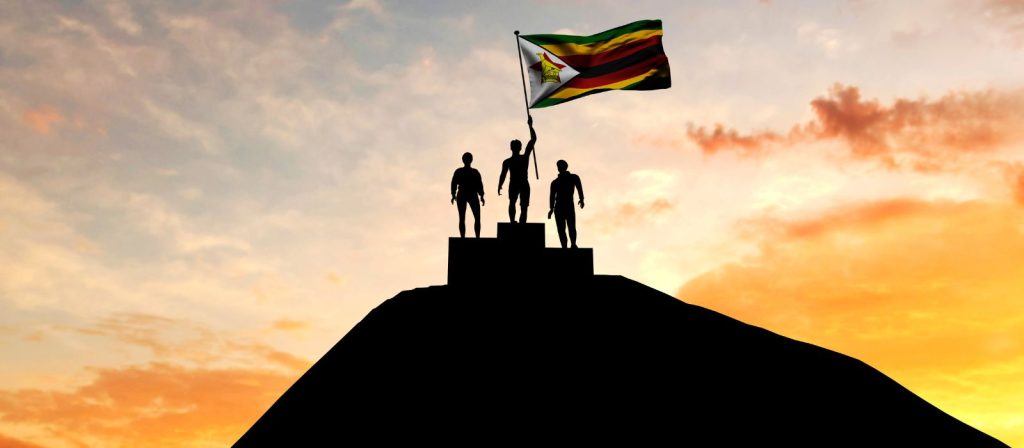
INFRASTRUCTURE DEVELOPMENT
Due to the “lost decade” in the aftermath of the economic collapse of 2000, Zimbabwe’s national infrastructure development was greatly stunted.
However, there’s been a notable revamp in key projects under the Emmerson Mnangagwa administration, notably; the new parliament building in Mt Hampden, the refurbished Robert Mugabe International Airport, the Pomona Waste-to-Energy project, the upgrading of the thermal units at Hwange, the ongoing road rehabilitation works including the Mbudzi traffic interchange.

